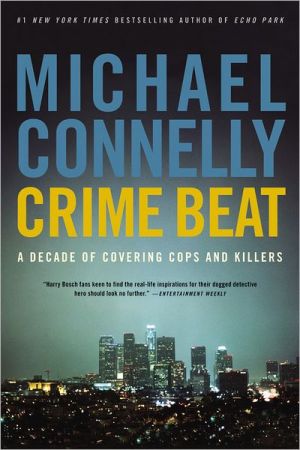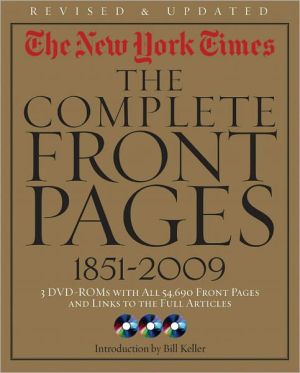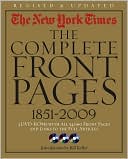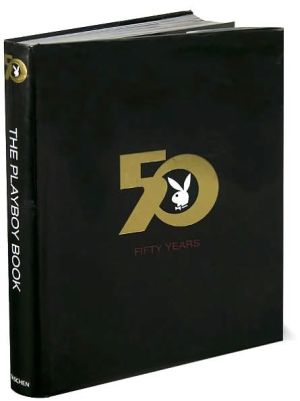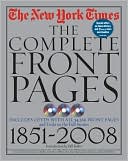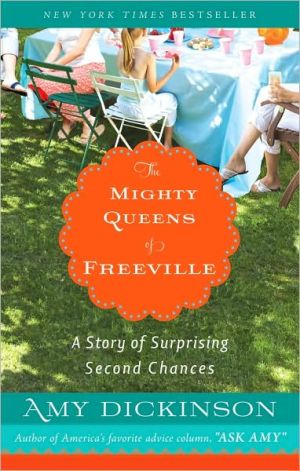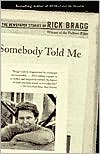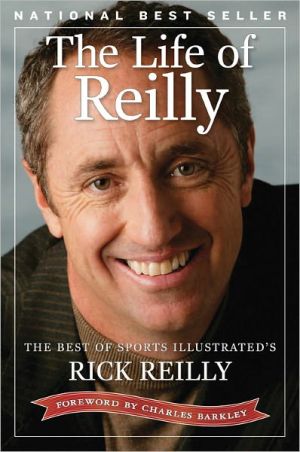Crime Beat: A Decade of Covering Cops and Killers
Before Michael Connelly became a novelist, he was a crime reporter, covering the detectives who worked the homicide beat. In these vivid, hard-hitting pieces, Connelly leads the reader past the yellow police tape as he follows the investigators, the victims, their families and friends—and of, course, the killers—to tell the real stories of murder and its aftermath.
Search in google:
Before he became a novelist, Michael Connelly was a crime reporter, covering the detectives who worked the homicide beat. In these vivid, hard-hitting articles, Connelly leads the listener past the yellow police tape as he follows the investigators, the victims, their families and friends and, of course, the killers to tell the real stories or murder and its aftermath.CRIME BEAT presents stories as fascinating as they are chilling, from the serial killer of young models who cuts a swath across the country to elude police, to the man who leads a bizarre double life on two coasts before his elaborate hoax breaks down. Here, too, we can see Connelly's razor-sharp eye for telling details: a worn-down earpiece on a cop's eyeglasses, the revealing high school yearbook quotes of an alleged cold-blooded murderer, the checkered career of a bumbling gang of killers who publicly advertise their services.Stranger than fiction and every bit as gripping, these pieces show once again that Mich... The New York Times - Charles Taylor Connelly is particularly good in a section titled "Death Squad," about a case involving a Los Angeles Police Department squad that surreptitiously followed people suspected of criminal activity and allowed crimes to take place. The reasoning was that the cops would then have a better chance of convicting them once they were arrested. In the case Connelly writes about, it allowed the cops to act as executioners right after the crime. This is exactly the sort of subject that calls for hardheadedness, and Connelly supplies it, not in his prose but in his determination not to take the word of authority simply because it comes from authority. The articles that make up "Death Squad" suggest there is a place for the hard-boiled influence in reporting. Not by aping the prose of Chandler and his progeny, but by following the motto of a less glamorous icon, Jack Webb's Joe Friday: Just the facts.
\ From Barnes & NobleThe Barnes & Noble Review\ The same qualities that make for an outstanding crime reporter -- attention to detail, understanding people, empathy, etc. -- also make for a great crime novelist, as evidenced in Crime Beat: A Decade of Covering Cops and Killers, a gripping collection of newspaper articles written by bestselling author Michael Connelly (The Lincoln Lawyer, The Closers, et al.), when he worked as a journalist in South Florida and Los Angeles before becoming a full-time writer. \ \ The collection of almost two dozen exposés from the late 1980s and early 1990s ranges from stories focusing on cops (former LAPD Chief Daryl Gates in "Death Squad") to those spotlighting infamous killers (serial murderer/rapist Christopher Bernard Wilder in "Killer on the Run"). "Trunk Music," which explores the unsolved gangland-style murder of a businessman found bound and shot to death in the trunk of his Rolls-Royce, was the inspiration behind Connelly's 1997 novel of the same name. \ \ The phrase "truth is stranger than fiction" couldn't be more apt when it comes to the incredibly diverse subject matter of Crime Beat -- from demented serial killers to savvy con artists to overzealous police. Fans of Connelly's novels featuring former LAPD homicide detective Harry Bosch will gain invaluable insights not only into Connelly's complex and engaging protagonist but also into the equally complex and engaging author himself. Additionally, aficionados of true crime will absolutely devour this powerful nonfiction collection -- yellow crime scene police tape not included. Paul Goat Allen\ \ \ \ \ Charles TaylorConnelly is particularly good in a section titled "Death Squad," about a case involving a Los Angeles Police Department squad that surreptitiously followed people suspected of criminal activity and allowed crimes to take place. The reasoning was that the cops would then have a better chance of convicting them once they were arrested. In the case Connelly writes about, it allowed the cops to act as executioners right after the crime. This is exactly the sort of subject that calls for hardheadedness, and Connelly supplies it, not in his prose but in his determination not to take the word of authority simply because it comes from authority. The articles that make up "Death Squad" suggest there is a place for the hard-boiled influence in reporting. Not by aping the prose of Chandler and his progeny, but by following the motto of a less glamorous icon, Jack Webb's Joe Friday: Just the facts.\ — The New York Times\ \ \ Patrick AndersonEvery generation produces reporters whose talent is essentially novelistic and for whom journalism is a way station on the road to fiction. Hemingway was the classic example of the 20th century, but there are many others -- Tom Wolfe was one, and so is Connelly. For instance, here's the lead of the first crime story reprinted in the book, from the South Florida Sun-Sentinel in 1987: "It has been four days since anybody has heard from or seen Walter Moody, and people are thinking that something is wrong." It's not the typical who-what-when-where-why-and- how formula of police reporting. Connelly was always looking for mood, drama, eccentricity, the telling detail. One of the fascinations of this collection is spotting the police-beat details -- the fellow with teardrops tattooed below his eyes, the detective who chewed the earpiece of his glasses -- that later punctuate the Bosch novels.\ — The Washington Post\ \ \ \ \ Publishers WeeklyConnelly's fondly remembered memoir of his pre-novel writing years as a crime reporter splits reading duties among three performers: Broadway veteran Cariou, acclaimed director Franklin (Devil in a Blue Dress) and familiar audiobook voice McKeon. Cariou's starchy sincerity tangles manfully with McKeon's soothing, dulcet tones and Franklin's unassuming earnestness. Connelly himself gets things started by reading his own introduction, setting the stage by explaining the intimate relationship between his years on the crime beat and his current life as a mystery writer. The rotating chorus of voices is a pleasant change from the usual monotony of single narrators, with the three readers mixing things up for listeners with varied approaches to Connelly's book. Franklin is undoubtedly the least trained of the three, his voice the least varnished with the polish of long practice, but with all due respect to Cariou and McKeon's fine work, he is the most enjoyable reader. Simultaneous release with the Little, Brown hardcover (Reviews, Mar. 13). (June) Copyright 2006 Reed Business Information.\ \ \ \ \ Library JournalConnelly (The Lincoln Lawyer), one of the more literary of the neonoir novelists, got his start as a crime beat reporter in Los Angeles and Florida. Here he reprints the stories that inspired his award-winning crime fiction. From the body found in a trunk, which he used in his novel Trunk Music, to the insights on cops and killers that would inform The Poet and the character of detective Harry Bosch, these collected articles show that the truth can be as strange-and even stranger than-fiction and every bit as compelling. Through it all, Connelly displays the discerning eye and compassion that characterize his best work. The one problem with the format is that the stories and their follow-ups are printed verbatim; as a result, there is much repetition among articles on the same crime. This is a distracting but minor point in a book that is otherwise a treat. For all public libraries. [See Prepub Alert, LJ 1/06.]-Deirdre Root, Middletown P.L., OH Copyright 2006 Reed Business Information.\ \
